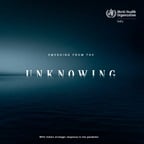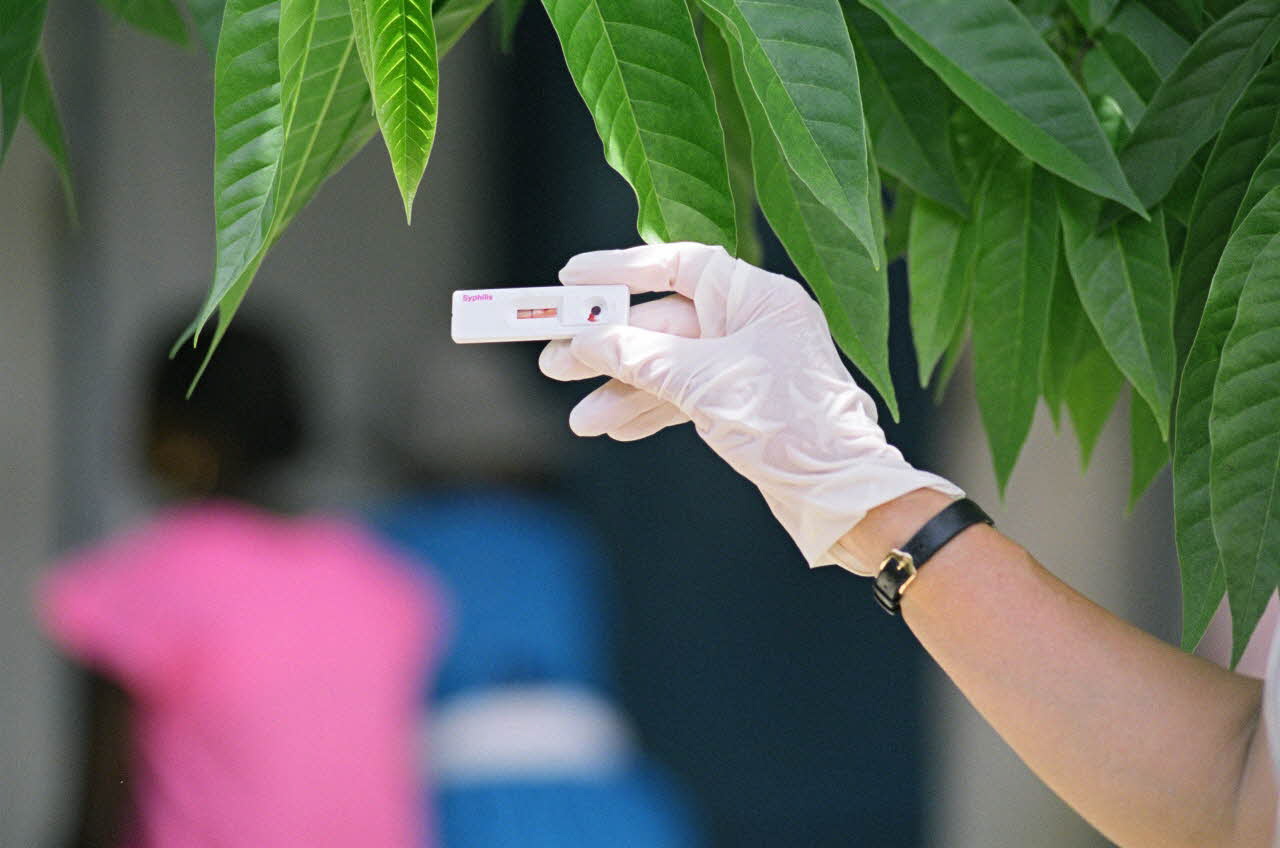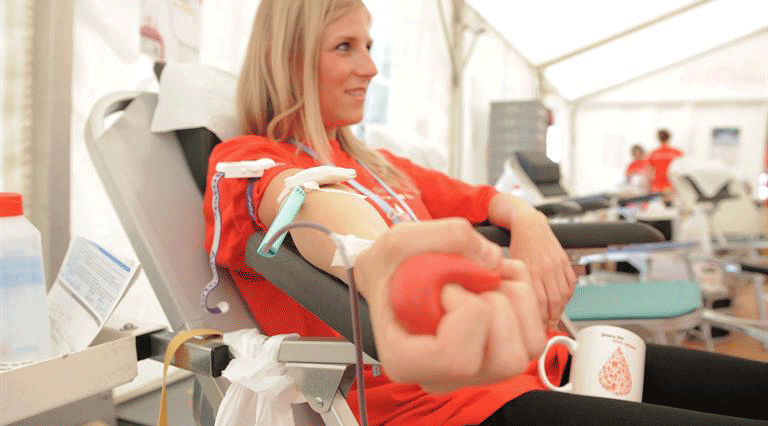Blood, Blood Products and Products of Human Origin
An adequate and safe blood supply is essential for a well-functioning health system and critical to patient safety. Blood and plasma-derived medicinal products play a vital role in treating various acute and chronic conditions, supporting complex medical and surgical procedures, and saving lives. These products are indispensable for managing maternal and child health, improving the quality of life of individuals with inherited disorders like hemophilia and Thalassaemia, and treating acquired conditions such as cancer or trauma. Inadequate or unsafe blood compromises the effectiveness of key health services. Therefore, universal access to safe, effective, and quality-assured blood products must be ensured. Transplantation is a life-saving medical procedure that replaces damaged or failing organs and tissues, significantly improving patient survival and quality of life.
Patient safety and Infection Prevention and control
Patient safety and infection prevention and control (IPC) are fundamental to achieving high-quality health care. They work hand in hand to minimize avoidable harm, reduce the incidence of health care-associated infections, and protect both patients and health workers. By embedding a culture of safety and accountability within health systems, patient safety initiatives help ensure that care is effective, timely, and centered on individual needs. IPC, as a core component of patient safety, strengthens clinical practices, enhances outcomes, and reduces the burden of prolonged hospital stays and treatment costs caused by preventable infections.











